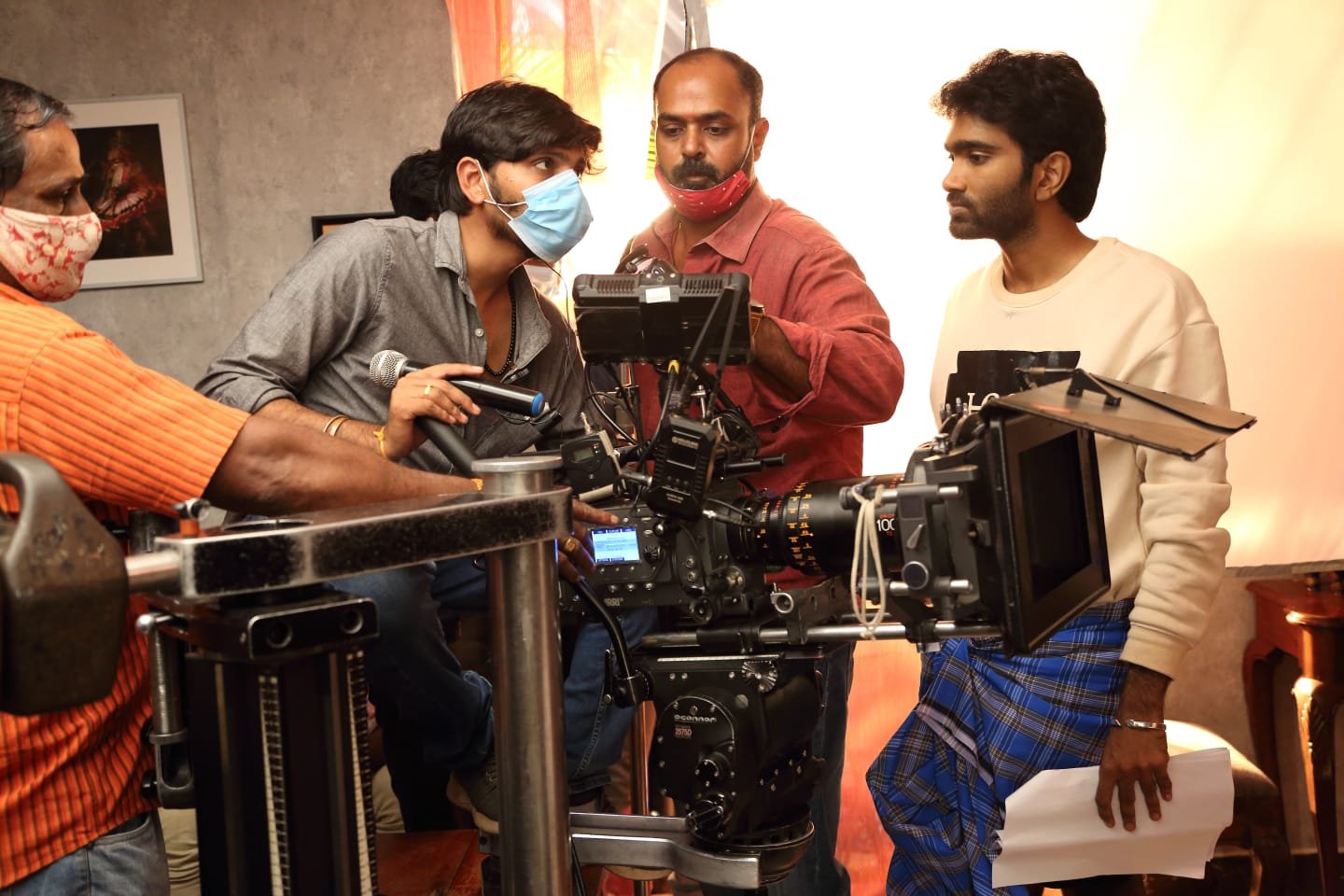Cinematography, the art of visual storytelling through camera work and lighting, is a cornerstone of filmmaking that significantly impacts the audience’s experience. In Indian cinema, cinematography plays a pivotal role in enhancing the narrative, evoking emotions, and establishing the film’s mood and atmosphere. This article explores the importance of cinematography in Indian films, highlighting its influence on storytelling, aesthetics, and the overall cinematic experience.
The Role of Cinematography in Storytelling
Visual Storytelling
Cinematography is integral to visual storytelling, shaping how the narrative is perceived by the audience. Through careful composition, camera angles, and movement, cinematographers can emphasize key plot points, reveal character emotions, and create a visual language that complements the story.
Key Techniques:
- Camera Angles: Low-angle shots can make characters appear powerful, while high-angle shots can portray vulnerability or weakness.
- Camera Movement: Tracking shots follow characters and events, while static shots can emphasize a character’s isolation or the significance of a particular scene.
Establishing Mood and Atmosphere
The mood and atmosphere of a film are often established through cinematography. The choice of color palette, lighting, and camera angles contributes to the overall feel of a scene, influencing how audiences emotionally connect with the story.

Examples:
- “Pyaasa” (1957): Cinematographer V.K. Murthy used stark contrasts and shadow play to capture the bleakness and despair of the protagonist’s life.
- “Lagaan” (2001): Cinematographer A.R. Rahman and Anil Mehta utilized vibrant colors and sweeping landscapes to create an epic and uplifting atmosphere.
Impact on Aesthetics
Visual Style and Composition
Cinematography defines the visual style of a film, influencing its aesthetic appeal. The use of framing, depth of field, and color grading can transform the visual experience, making each film unique in its presentation.
Notable Examples:
- “Devdas” (2002): Cinematographer Binod Pradhan created opulent visuals with elaborate sets and rich color schemes, reflecting the grandeur and tragedy of the story.
- “Barfi!” (2012): Cinematographer Ravi Varman employed a whimsical and vibrant style to enhance the film’s charming and lighthearted tone.
Lighting Techniques
Lighting is a crucial element in cinematography that affects the mood, depth, and texture of a scene. Different lighting techniques can highlight specific aspects of a character or setting, and create dramatic effects.
Common Techniques:
- High-Key Lighting: Produces bright, even light with minimal shadows, often used in comedies or romantic scenes.
- Low-Key Lighting: Creates strong contrasts and deep shadows, used in thrillers or dramatic scenes to evoke tension and mystery.
Enhancing the Cinematic Experience
Creating Immersive Worlds
Cinematography helps in creating immersive worlds that draw audiences into the film’s universe. Through meticulous set design, camera work, and lighting, filmmakers can transport viewers to different times, places, and realities.
Examples:
- “Baahubali” Series (2015, 2017): Cinematographer K.K. Senthil Kumar crafted grandiose visuals that brought the fictional kingdom of Mahishmati to life with stunning detail.
- “Jodha Akbar” (2008): Cinematographer K.K. Senthil Kumar created elaborate historical settings, capturing the grandeur of the Mughal Empire.
Highlighting Cultural and Social Themes
Indian films often explore cultural and social themes that are deeply rooted in the country’s diverse traditions and societal issues. Cinematography plays a role in reflecting these themes visually, enhancing the audience’s understanding and connection to the subject matter.
Notable Films:
- “The Lunchbox” (2013): Cinematographer Carlos Catalán used intimate and personal framing to highlight the simplicity and poignancy of the characters’ lives and relationships.
- “Article 15” (2019): Cinematographer Eeshit Narain employed a realistic and gritty style to depict the harsh realities of caste-based discrimination in rural India.
Evolution of Cinematography in Indian Cinema
Technological Advancements
The evolution of cinematography in Indian cinema has been marked by significant technological advancements. From the early days of black-and-white films to the current era of high-definition and digital cinematography, these advancements have expanded the possibilities for visual storytelling.
Key Developments:
- Digital Cameras: The transition from film to digital cameras has allowed for greater flexibility, efficiency, and creativity in capturing images.
- Visual Effects (VFX): The integration of VFX has enabled filmmakers to create visually stunning sequences and imaginary worlds.
Influential Cinematographers
Several cinematographers have made significant contributions to Indian cinema, shaping its visual language and setting new standards for cinematography.
Notable Figures:
- S. Ramesh: Known for his work on films like “Sankarabharanam” (1979) and “Sagara Sangamam” (1983), Ramesh’s cinematography is celebrated for its classical and artistic approach.
- Anil Mehta: Renowned for his work on films like “Lagaan” (2001) and “Dil Chahta Hai” (2001), Mehta’s cinematography is noted for its innovative use of color and composition.
Conclusion
Cinematography is a fundamental aspect of filmmaking that profoundly influences the storytelling, aesthetics, and overall impact of Indian films. Through visual storytelling, mood establishment, and cultural reflection, cinematography enriches the cinematic experience and engages audiences in unique and compelling ways. As Indian cinema continues to evolve, the role of cinematography remains crucial in shaping the future of storytelling and visual expression.

